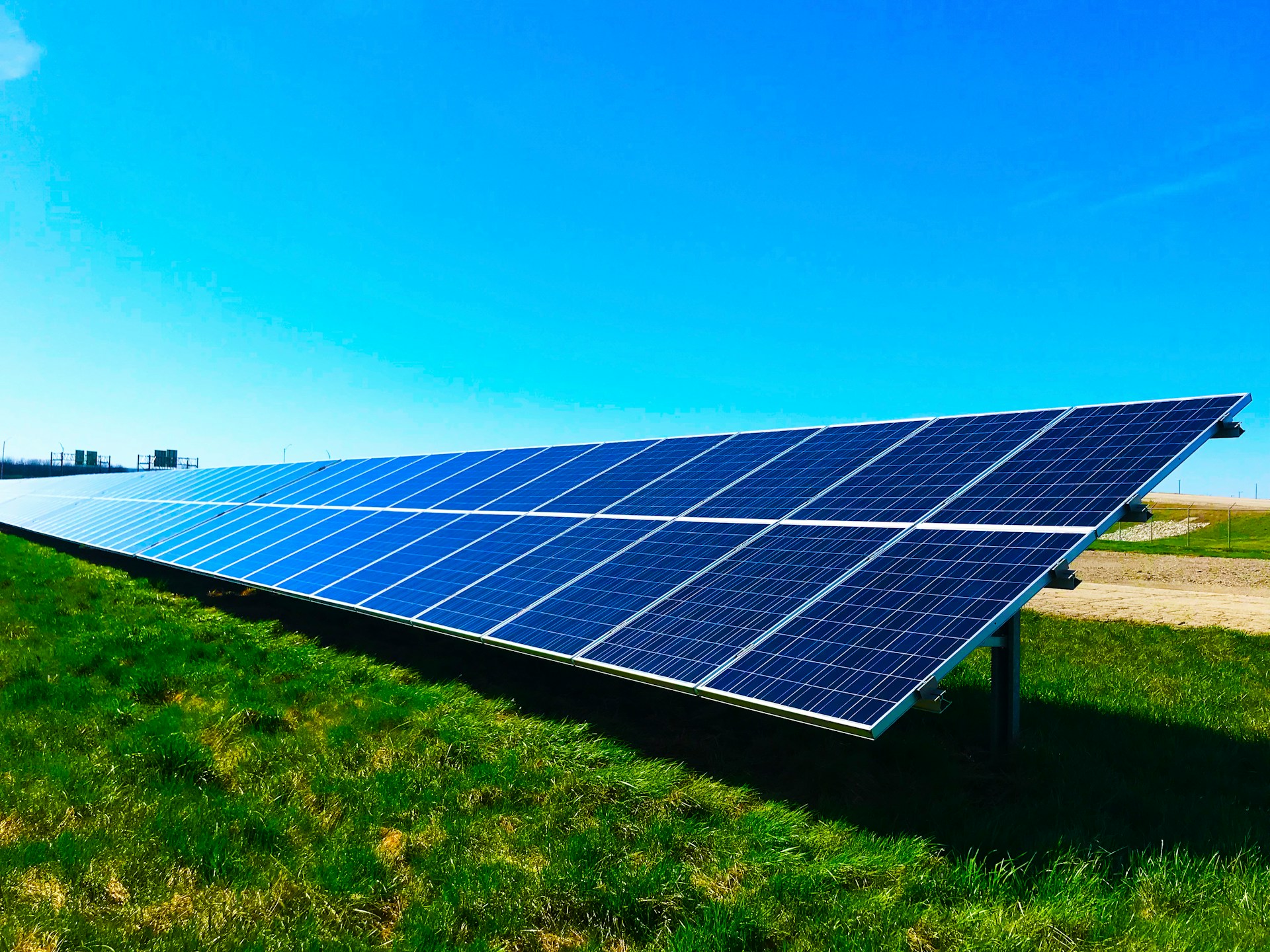The havoc caused by climate change is evident in the extreme temperatures we are facing. California has not had a good start to the fire season: over 36,422 hectares have already burned, five times the average of the last five years, according to official sources.
High temperatures and wind create a perfect storm for the rapid spread of fires. During the summer months, it is necessary, though frustrating, to check the weather app on your phone; not to look at the temperature, but to measure air quality before leaving the house. It is not uncommon to see a layer of ash in residential yards.
Nonetheless, there is room for hope. We are living in the era of the ‘great energy transition,’ a phenomenon that, to the frustration of many, is happening too slowly. We are facing a difficult battle, and time is of the essence.
California’s major tech companies are leading the way in adopting renewable energy. Among them, Apple stands out with its famous slogan “leave the world better than we found it,” along with Microsoft and Amazon.
Silicon Valley is at the forefront of the shift to solar energy, but the ecosystem faces two significant challenges that generate high electricity consumption: the generation of artificial intelligence and data centres. Big Tech is handling a double-edged sword.
As cloud services and artificial intelligence expand, new data centres need to be built. This poses another challenge for the U.S. tech sector, as it leads to increased energy demand.
Fortunately, over the past year, the prices of solar modules and batteries for solar energy have significantly dropped in the United States, which is driving the advancement of renewables.
In 2023, 3.9% of the energy generated in the United States came from solar power, compared to 43% from natural gas, according to the Department of Energy.
The potential for solar energy to increase these percentages exists but faces logistical issues in its advancement. The primary obstacle is integration with the country’s deteriorating electrical grid, which is not equipped to handle high demand from solar energy.
Meanwhile, the oil sector still controls much of U.S. policy, hindering the progress of alternative energy sources. The arguments they use against the “green rival” are the same as always: what happens when there is no sun or wind?
Fortunately, there are startups working on alternatives for when weather conditions are not favourable. One such company is the Canadian Hydrostor, which has a licence in California to test a compressed air technology.
